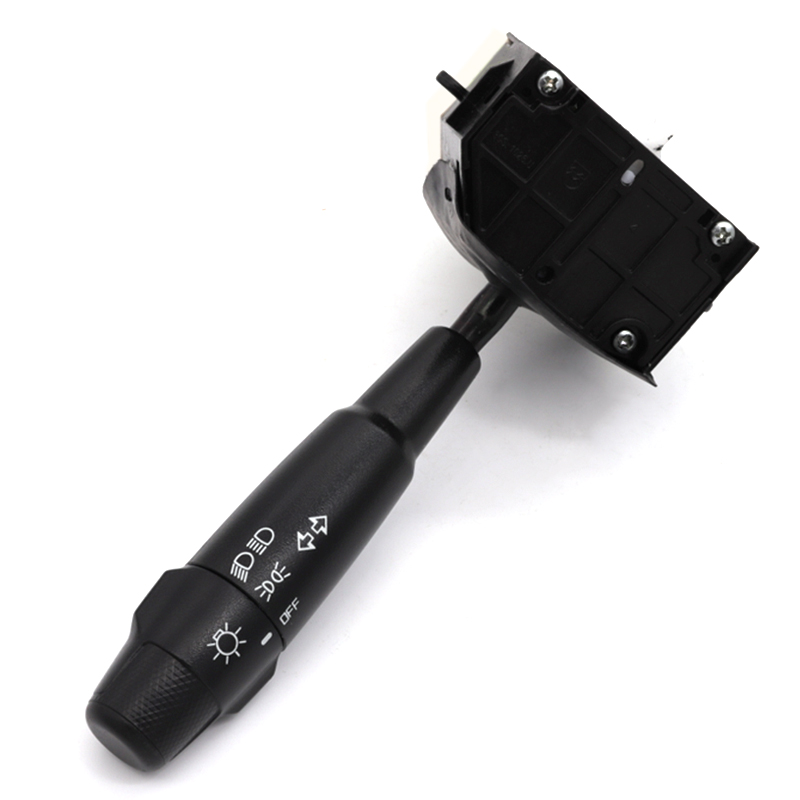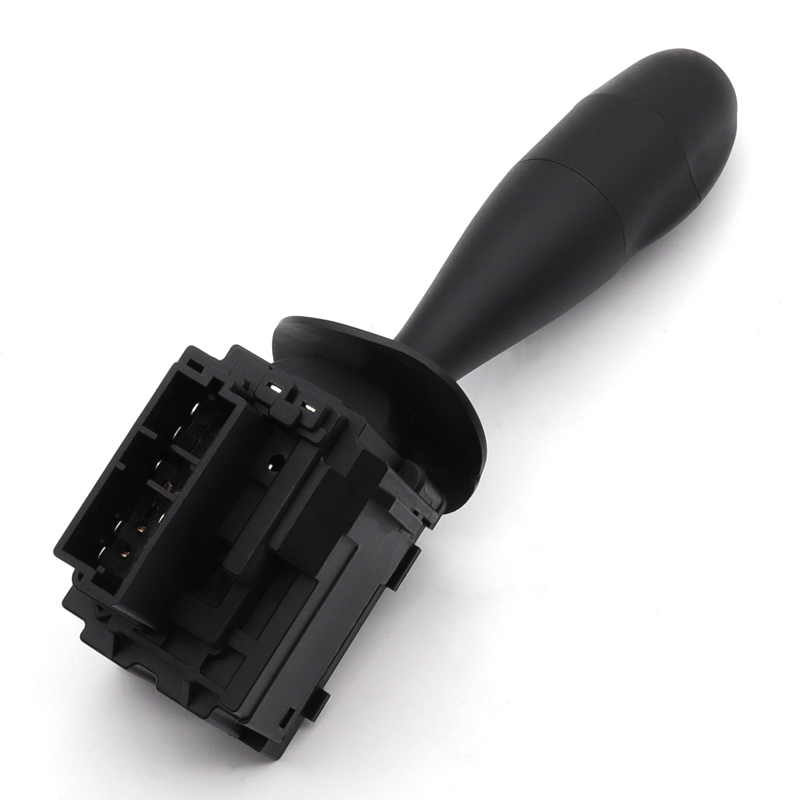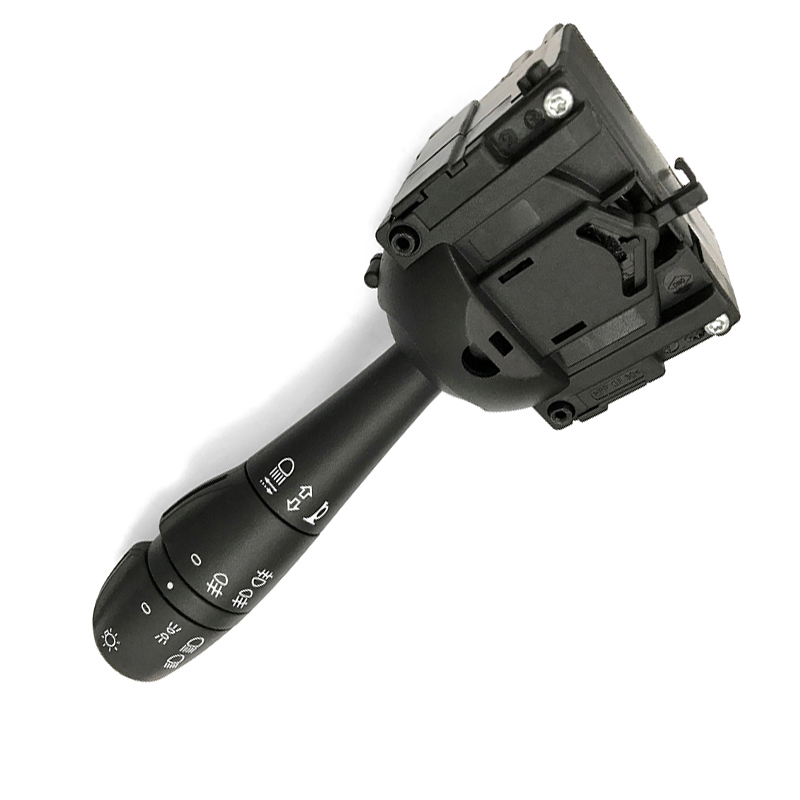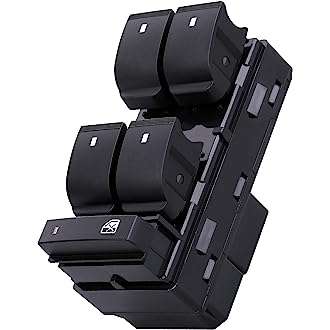How Do You Test A Power Window Switch?
Publish Time: Author: Site Editor Visit: 819
Testing a power window switch to diagnose issues with your car's power windows involves a few steps, typically using a multimeter. Here's a basic outline of how to do it:
Tools Needed
- A multimeter capable of measuring voltage and continuity.
Safety First
- Ensure the car's engine is off and the key is removed from the ignition.
- It's generally safe to leave the battery connected for this test, but if you're concerned about safety, you can disconnect the negative terminal.
Access the Power Window Switch
- Depending on your car, the power window switch may be on the door panel or the center console.
- Remove the switch from its housing. This may involve prying it out with a trim tool or screwdriver, or possibly removing screws.
Testing for Power (Voltage Test)
- Set your multimeter to measure DC voltage (usually marked as 'V-' or 'DCV').
- Identify the power and ground terminals on the back of the switch. Your vehicle’s service manual can help with this.
- Connect the multimeter's negative lead to a ground point (such as a metal part of the car's frame).
- Touch the positive lead to the power terminal on the switch.
- Turn the car’s ignition to the 'on' position, but do not start the engine.
- Check the multimeter reading. A reading of around 12 volts indicates that power is reaching the switch.
Testing the Switch Function (Continuity Test)
- Set the multimeter to the continuity setting (usually indicated by a diode symbol or the word 'CONT').
- With the switch disconnected, place a multimeter lead on one terminal and the other lead on a different terminal of the switch.
- Press the switch in either the up or down position.
- Check for continuity. A functioning switch will complete the circuit, causing the multimeter to beep or display a very low resistance value.
- Repeat this process for each function of the switch (e.g., up and down for each window the switch controls).
Interpreting Results
- No voltage: If there's no voltage at the switch, the problem may be with the power supply to the switch (like a blown fuse or a wiring issue).
- No continuity: If the multimeter does not show continuity when the switch is pressed, it suggests the switch is defective and may need to be replaced.
Reassembling
- Once the testing is complete, reassemble the switch and any panels or components you removed.
Note
- This is a general guideline; the exact procedure can vary depending on your vehicle's make and model. Always refer to your vehicle's service manual for specific instructions.
- If you're not comfortable performing these tests, or if the issue is not clear, it might be best to consult a professional mechanic.




